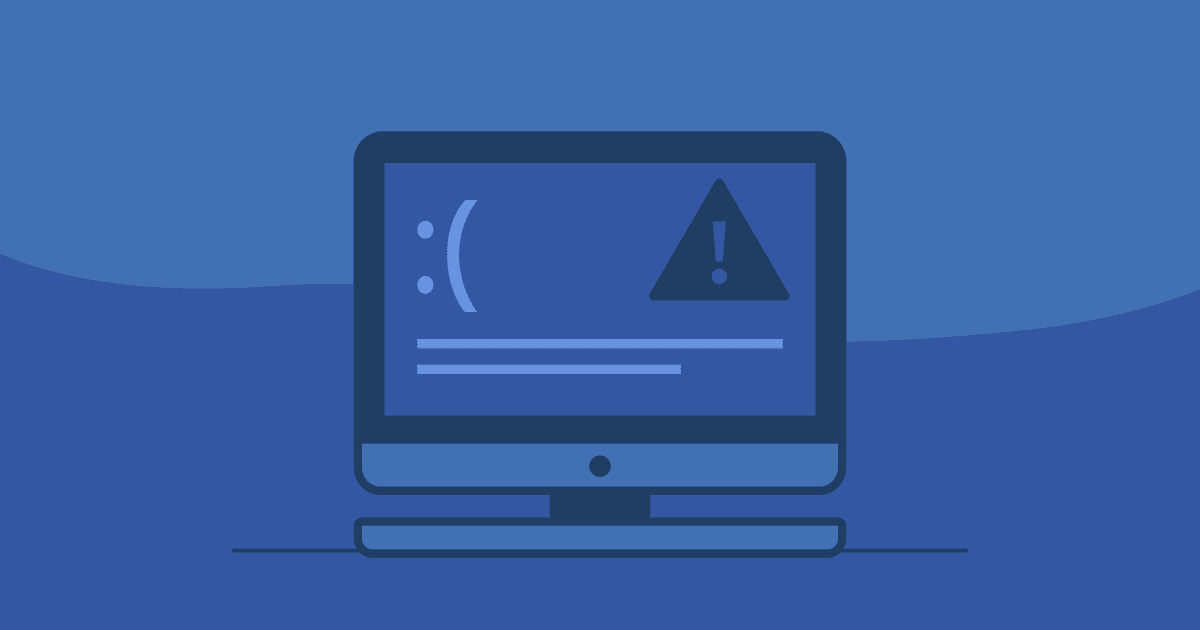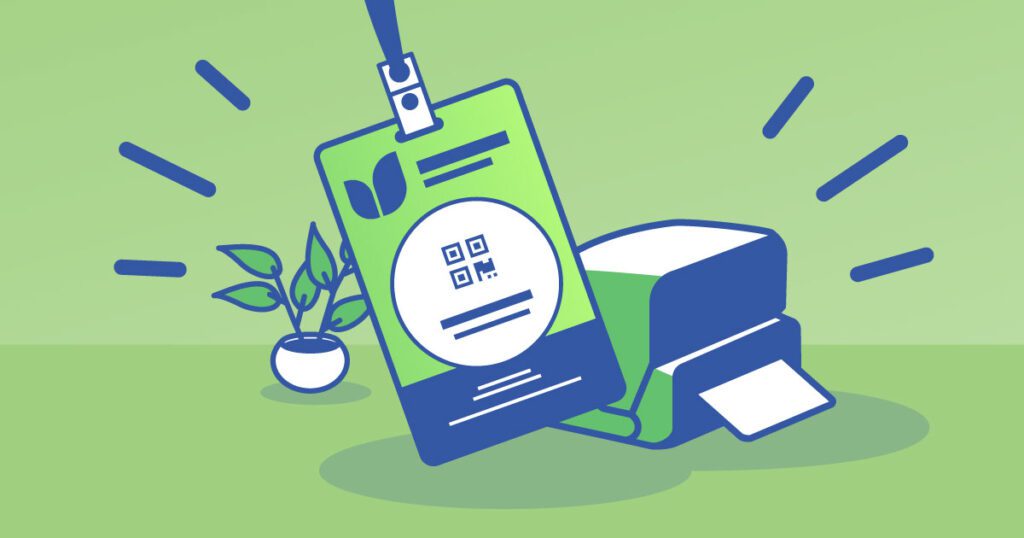It was like something out of Black Mirror. The CrowdStrike outage derailed or threatened to derail multiple industries, including ours. It was the sort of global event that most people wouldn’t have assumed possible—until it happened. It was a dramatic example of the importance of that age-old phrase: expect the unexpected.
Many event planners may wonder, “Is there anything we can do if it happens again?” While such a wide-scale outage is as close to a force majeure case as it’s possible to get, we aren’t without options! This article explores the strategies that event planners can use to minimize the impact of a global outage on their experiences and keep the show rolling!

So…what happened?
Unless you’d misplaced your phone for the whole day, you at least heard about the CrowdStrike outage. However, by understanding what went wrong, you can better prepare for such an event in the future. As many have said in the wake of the chaos, not only is such an outage possible again, but the one we experienced wasn’t nearly as bad as it could be.
CrowdStrike is the name of a cybersecurity company that provides security software for Microsoft Windows operating systems. These systems are the default for most major services that rely on computers, including airlines, hospitals, banks, etc. Automatic updates ensure these industries aren’t vulnerable to cyber attacks.
Unfortunately for, well—everyone—on July 19, a bug in the newest software update caused computers worldwide to display the dreaded “blue screen of death.” As a result, 34,000 planes were grounded, hospitals had to delay operations, and general confusion ensued. Even after the bug was fixed, everyone experiencing issues had to manually reboot their systems to get them working.
It’s not hard to imagine how such an outage could impact event planners, especially since, nowadays, we rely more on event technology for check-in and running virtual events.

How it (could) impact event planners.
The first step to preparing for another potential outage is understanding how it could impact your event experience. The damages and required contingency plans will change depending on when an outage occurs in the event planning process.
As we saw across social media, thousands were stranded at airports while the big was sorted out. If an outage occurs before or during the travel process, you may have to decide whether to delay your destination event. While the chances of this aren’t high, they’re not zero, as shown by the CrowdStrike outage.
Tech outages may result in payment disruptions, either before the event or when vendors try to sell their goods to attendees. Such disruptions may also impact lead retrieval, data tracking, individual schedules (if digital), check-in, etc. Essentially, any aspect of event planning that relies on a computer.
Webinars and hybrid events are at the highest risk since they rely entirely on computer systems running smoothly. If an outage occurs before the start of a webinar, you may have no choice but to reschedule.

Set your contingency plans.
The CrowdStrike outage has given event planners a useful scenario against which to measure their contingency planning. It may not always be easy to envision what a “worst-case scenario” looks like, but the recent outage provided a lived experience of such a thing.
It’s never a comfortable or fun conversation, but contingency planning is an essential part of the process. At the outset, sit down with your team and discuss what could go wrong and how best to plan for such possibilities. Regardless of your specific plans, making space in your event budget for unexpected expenses should feature in all good backup plans.
Typical contingency plans address things like inclement weather, last-minute speaker cancellations, or catering delays. However, as CrowdStrike proved, it’s also important to consider contingency plans for computer or software outages. What analog methods could you implement to prevent disruptions to payments, check-ins, schedules, etc?
Communicate your plans with anyone who might be affected by them or whose assistance is necessary to carry them out. Notifying all suppliers, vendors, and clients of your contingency plans will boost their confidence in your ability to manage the event experience.
It’s important to note that while there is a lot you can do to improvise around unexpected outages, a global outage like CrowStrike may force a delay. Discuss this potential outcome with your venue, vendors and suppliers to see if they’d be willing to accommodate a delay. Setting backup dates ahead of time will smooth the transition.

Team training and on-site rehearsals.
Even when you make it to the day before the event experience, there are still strategies you can implement to prepare for a global outage. Your on-site staff needs to know what to do in the event of such an unexpected challenge so they can respond immediately, minimizing confusion and directing attendees who may be frustrated.
Train your staff on cyber security. Another global outage could leave your systems vulnerable to a cyberattack. Given that your computers hold not only your data but also data for hundreds of attendees, cyber safety is essential. Sites like the API Academy offer videos on risk management and an Emergency Preparedness Certificate.
Event rehearsals are a good idea in the best of times! After the CrowdStrike outage, you’ve got another reason to run through every aspect of the event. While testing the computer-reliant elements of your event, make sure to mention what our backup palms are for a complete technology meltdown.

Cyber-risk management.
Another rampant issue developed in the wake of the CrowdStrike outage: hackers. The downed computers didn’t prevent bad actors from soliciting private information from vulnerable people. In fact, they created a situation ripe for “social engineering” techniques designed to trick staff into revealing sensitive data.
In the panic and frustration of a similar outage, you’re more vulnerable to such “social engineering” scams. Hackers pose as CrowdStrike employees trying to “help” struggling people solve their tech issues. By doing so, they (could) convince you to reveal passwords, download malware and even make payments.
If you don’t have it yet, get cyber insurance. While the CrowdStrike outage wasn’t an attack, you’ll be prepared if the next outage is. 67% of companies with fewer than 1,000 employees have experienced a cyber attack; it doesn’t have to be global to disrupt your business. Cyber insurance protects you from liability, provides compensation for data recovery, and more.
We also recommend that you appoint a tech manager for every project. These experts in all things tech can serve as liaisons between you and the rest of your IT crew. In the event of a major outage, a dedicated tech manager can alleviate the impact and find a solution faster.

The show must go on.
The CrowdStrike outage was a global, near-unbelievable experience that made science fiction feel unnervingly real. Many are nervous about the future impact of another—maybe even larger—outage. While there is no one way to prevent disruptions following a global event, there are strategies to mitigate the impact and bounce back.
At the end of the day, the best way to manage a global event like the CrowdStrike outage is to remember that such events are largely out of your control. The best thing you can do is to pause, take a breath, and listen. The clearer your mind is, the better you’ll be able to recognize and implement solutions as they come to you.
We planned events before computers; if they go down again, we can plan without them! All it takes is a little creativity and determination, traits every pro event planner has!



